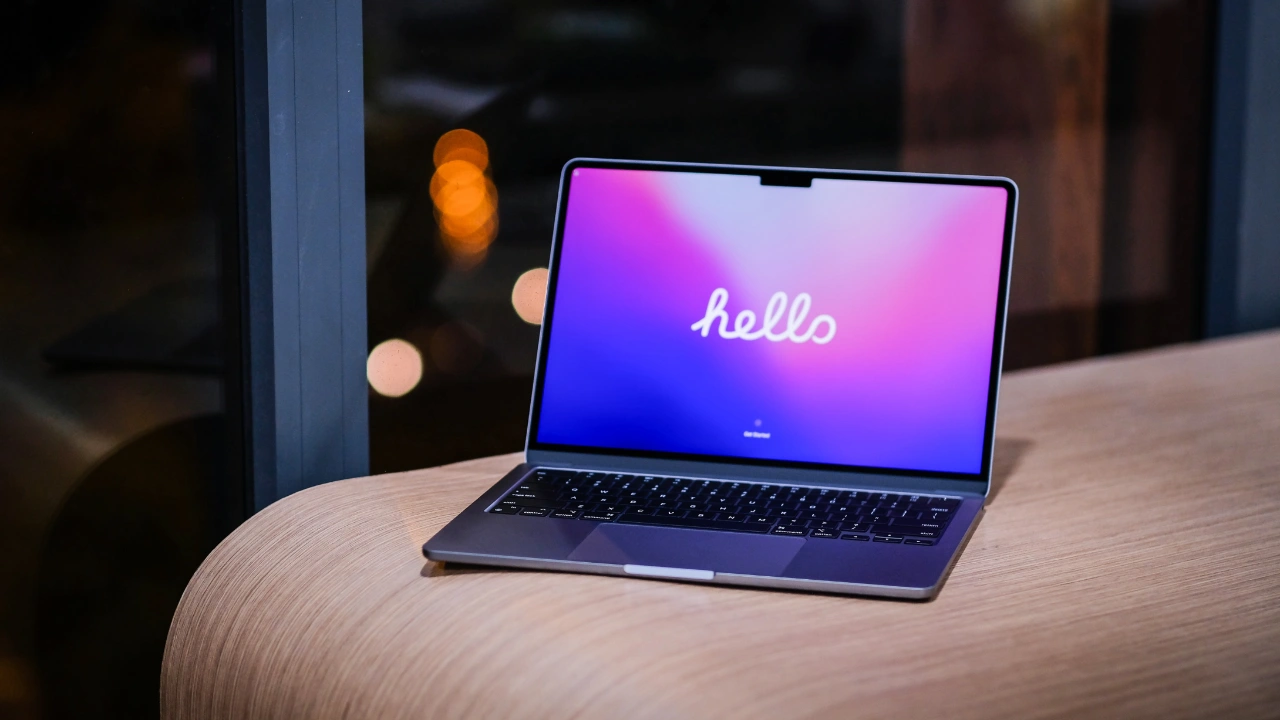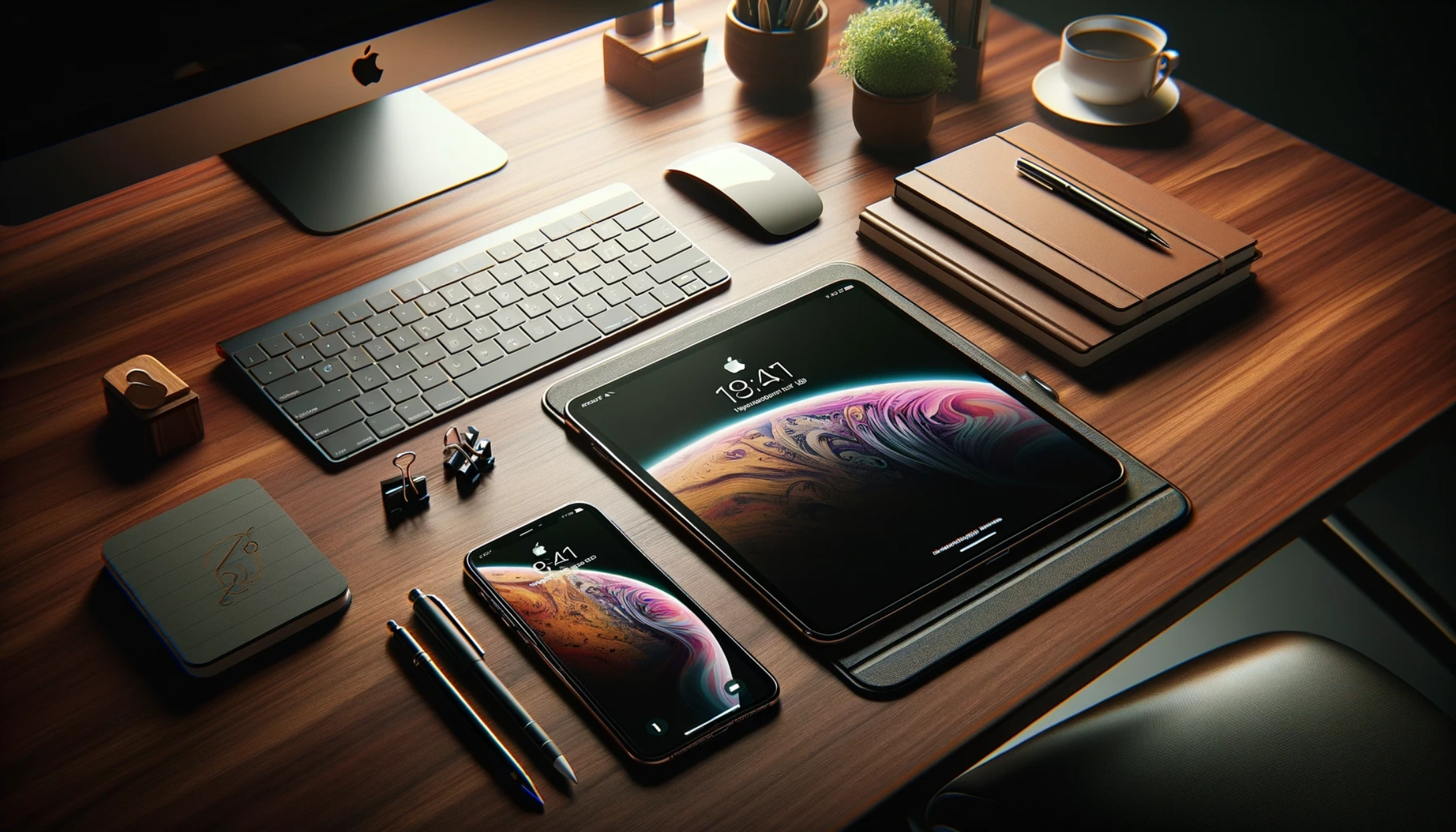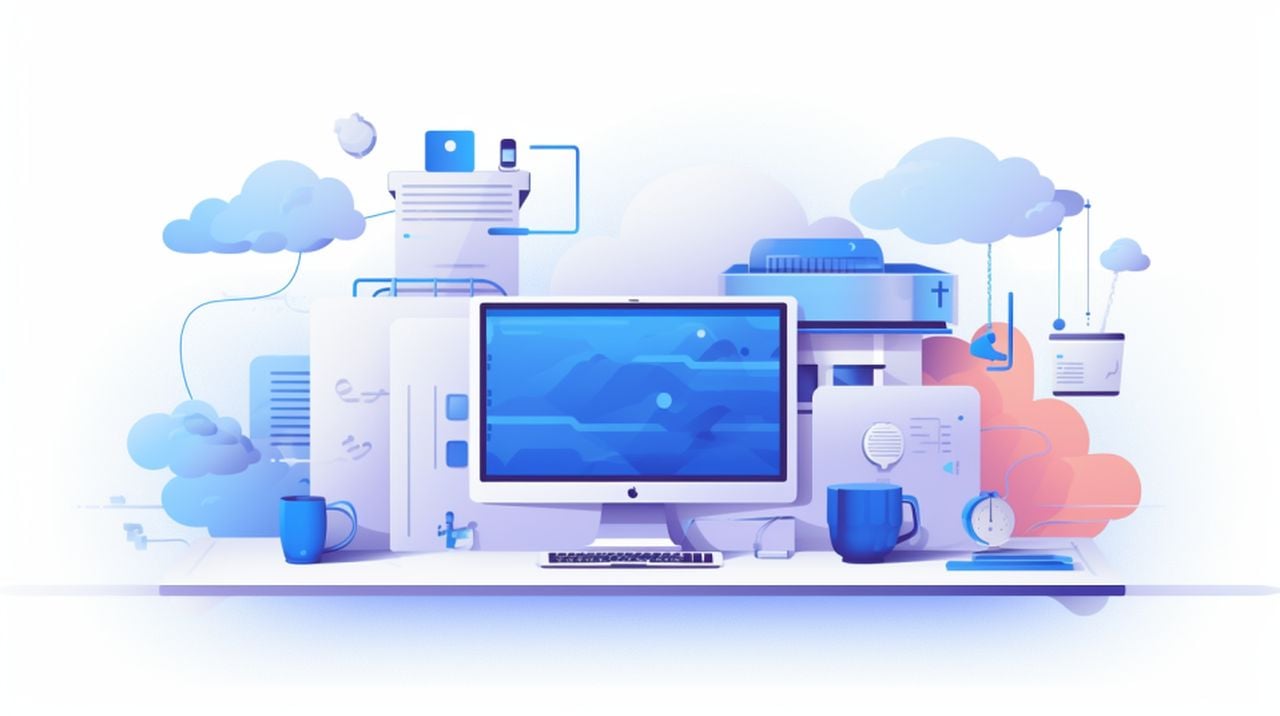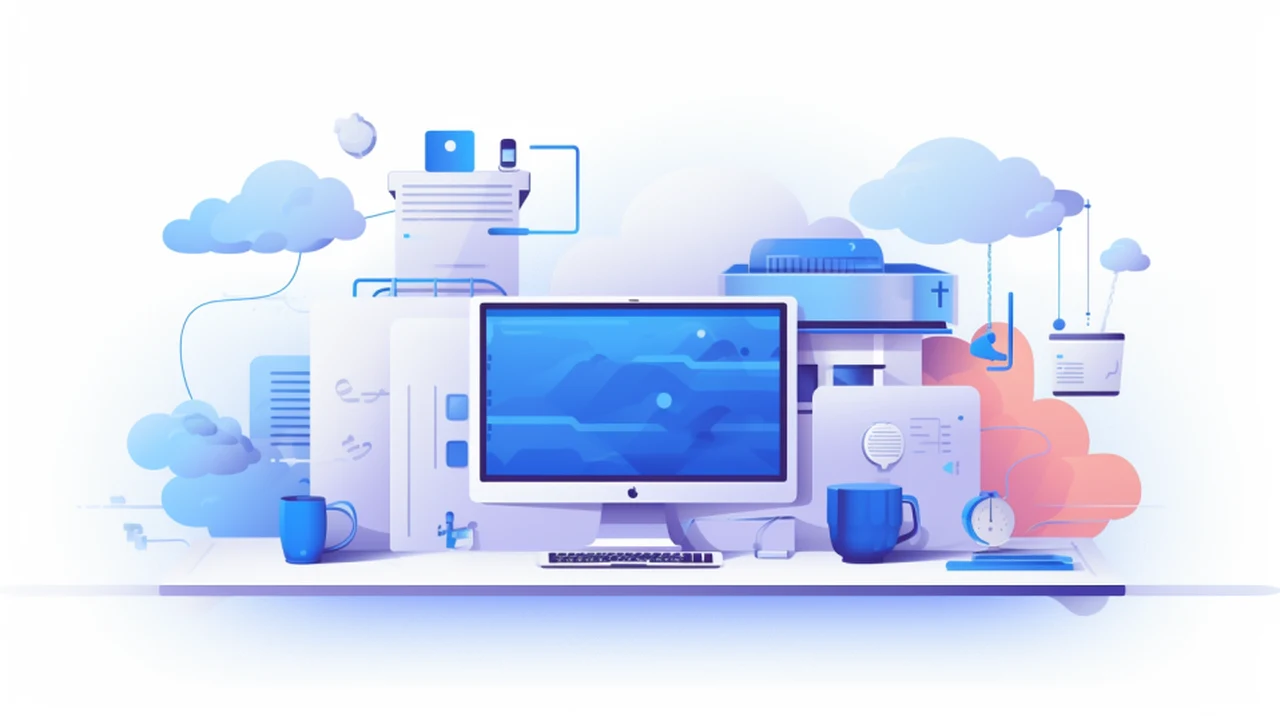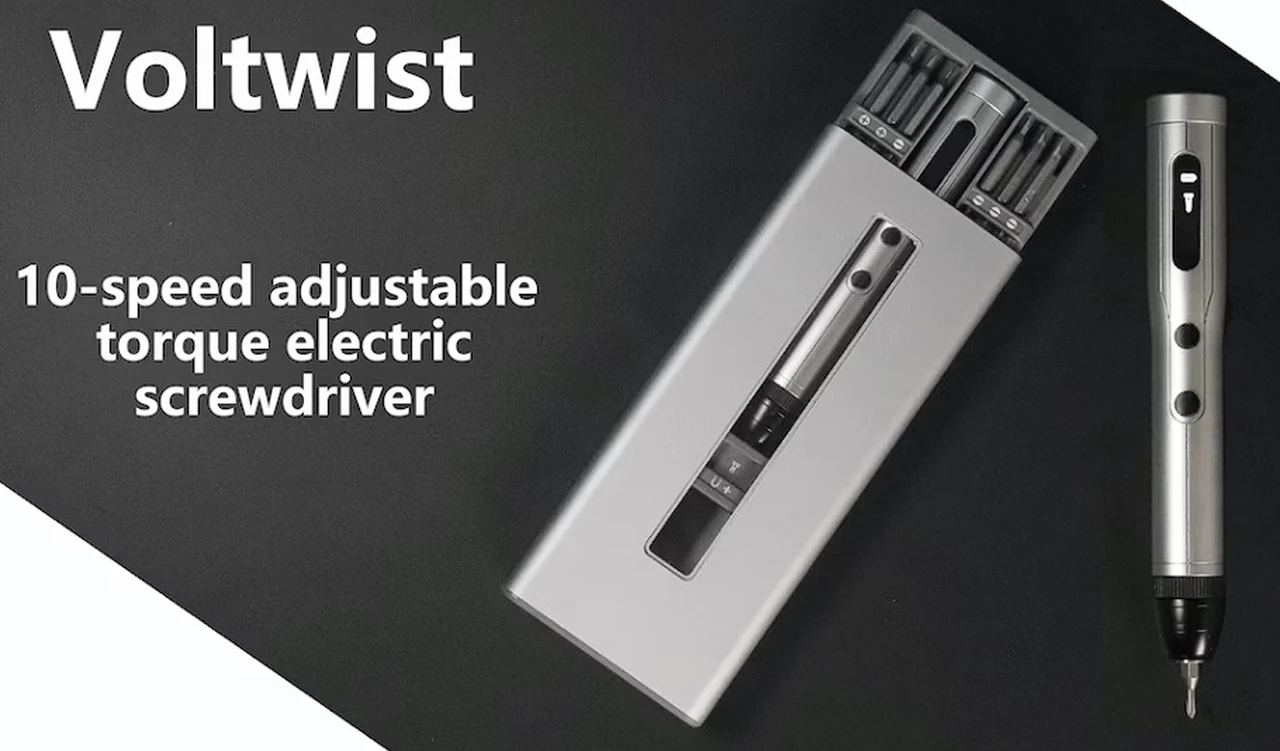
Imagine a tool that not only simplifies your work but also enhances your efficiency with every turn. The Voltwist-V1 electric screwdriver is precisely that—a versatile and powerful companion for anyone who takes on projects ranging from quick home repairs to more complex tasks that demand precision. This compact device is not just another tool in your arsenal; it’s a sophisticated piece of equipment designed to meet your every need.
At the heart of the Voltwist-V1’s design is a user-centric LCD interface that immediately informs you of the screwdriver’s rotation direction and how much battery life is left. This feature is crucial as it allows you to work without interruptions, ensuring that you can keep your focus on the task without worrying about the tool’s status. The clear display means you can quickly check on your screwdriver and get back to work with confidence.
Introductory early bird pledges are now available for the novel project from roughly $59 or £47 (depending on current exchange rates), offering a considerable discount of approximately 35% off the suggested retail price, while the Kickstarter crowd funding is under way. The Voltwist-V1 comes with an impressive set of 50 screwdriver bits, which means you’re prepared for any screw type or size you might encounter. This extensive selection ensures that you’ll always have the right bit for the job, making the tool incredibly versatile. The convenience of the one-click pop-up feature for changing bits cannot be overstated—it’s a small detail that significantly streamlines your workflow.
Adjustable speed torque electric screwdriver kit
When it comes to precision work, the Voltwist-V1 shines with its 10 different torque settings. These settings allow you to adjust the force applied, ranging from a delicate 0.5 kgf.cm to a robust 12 kgf.cm. This level of control is essential for preventing material damage and ensuring that screws are fastened securely, giving you peace of mind that your work is done correctly.
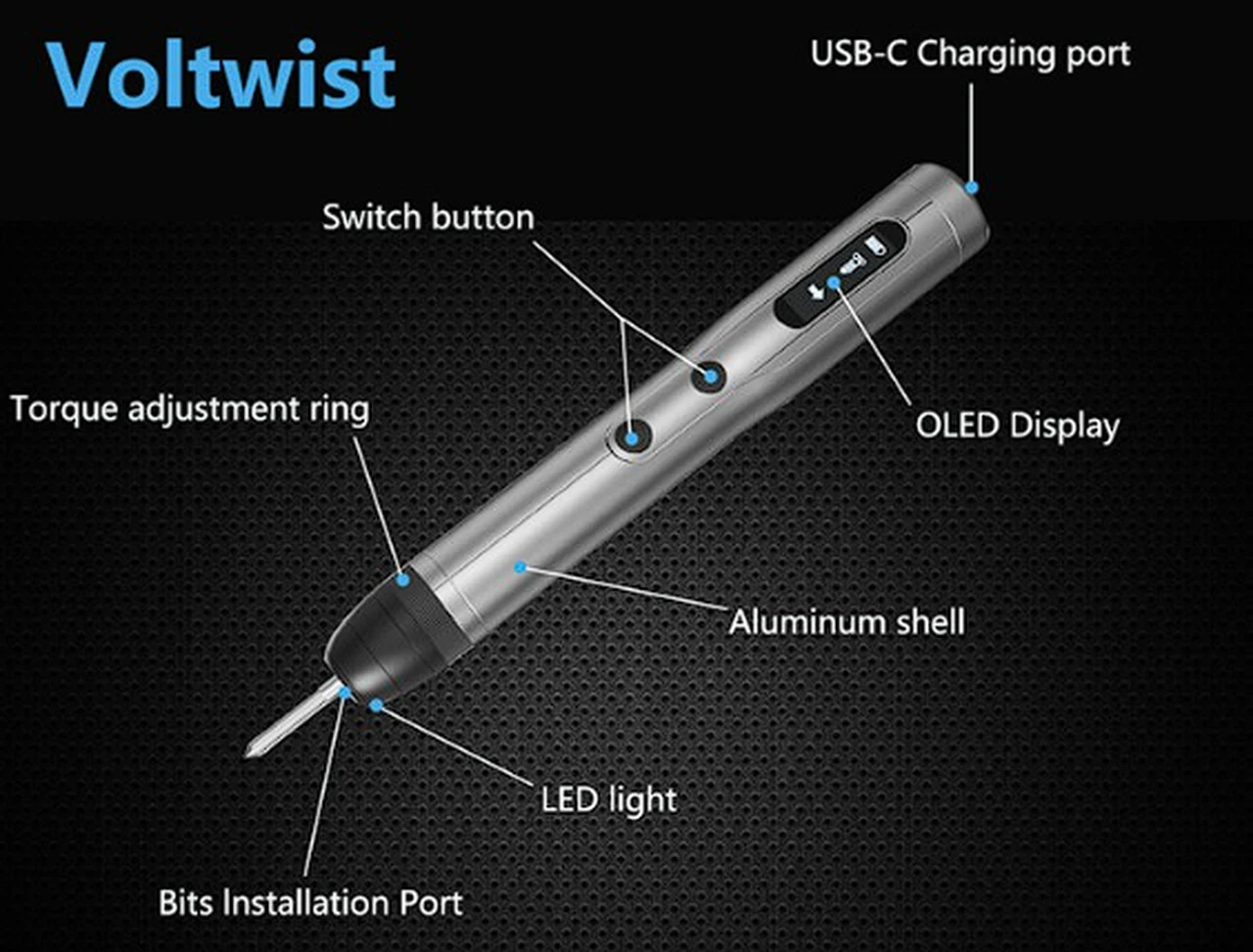
- LED display: clearly displays the current rotation direction and battery status, making precise operation clear at a glance.
- Two-way button design: Quickly switch to tighten or loosen the screw with one button, making the operation easy and efficient.
- 10-speed torque setting: From delicate electronic equipment to heavy-duty work, 10-speed adjustment meets different needs.
- LED work light: illuminates the operating area to ensure accurate work under any lighting conditions.
- USB-C charging: Using modern fast charging standards, charging is convenient and fast, and you are always ready
Working in dimly lit areas can be frustrating, but the Voltwist-V1’s integrated LED work light banishes shadows and illuminates your work area. This feature is invaluable as it allows you to maintain accuracy and attention to detail, no matter the lighting conditions you find yourself in.
If the Voltwist campaign successfully raises its required pledge goal and fullfilment progresses smoothly, worldwide shipping is expected to take place sometime around May 2024. To learn more about the Voltwist torque electric screwdriver kit project analyze the promotional video below.
The convenience of charging is also a key aspect of the Voltwist-V1. With a USB-C port, you can quickly charge the tool’s 650mAh lithium polymer battery, which reaches 90% charge in just 10 minutes. This rapid charging capability, coupled with the battery’s longevity that supports 90 minutes of continuous use, means less downtime and more productivity for your projects.
Power is not sacrificed in this compact tool. The Voltwist-V1 boasts a high-torque motor that delivers up to 12 kgf.cm of torque. This power, combined with a magnetizing system that keeps bits firmly in place, ensures that driving screws is both easy and precise.
The Voltwist-V1 electric screwdriver is more than a mere tool; it’s a dependable ally that rises to the challenge of your diverse project needs. Its intelligent features, from the informative LCD display to the adjustable torque and quick charging, are all designed to boost your efficiency and precision. Whether you’re an experienced professional or an enthusiastic DIYer, the Voltwist-V1 is equipped to help you execute your work flawlessly.
For a complete list of all available early bird pledges, stretch goals, extra media and technical specifications for the torque electric screwdriver kit, jump over to the official Voltwist crowd funding campaign page by visiting the link below.
Source : Kickstarter
Disclaimer: Participating in crowdfunding campaigns on sites like Kickstarter and Indiegogo involves inherent risks. While many projects successfully meet their goals, others may fail to deliver due to numerous challenges. Always conduct thorough research and exercise caution when pledging your hard-earned money as you might lose it all if the project fails.
Filed Under: Gadgets News, Top News
Latest timeswonderful Deals
Disclosure: Some of our articles include affiliate links. If you buy something through one of these links, timeswonderful may earn an affiliate commission. Learn about our Disclosure Policy.

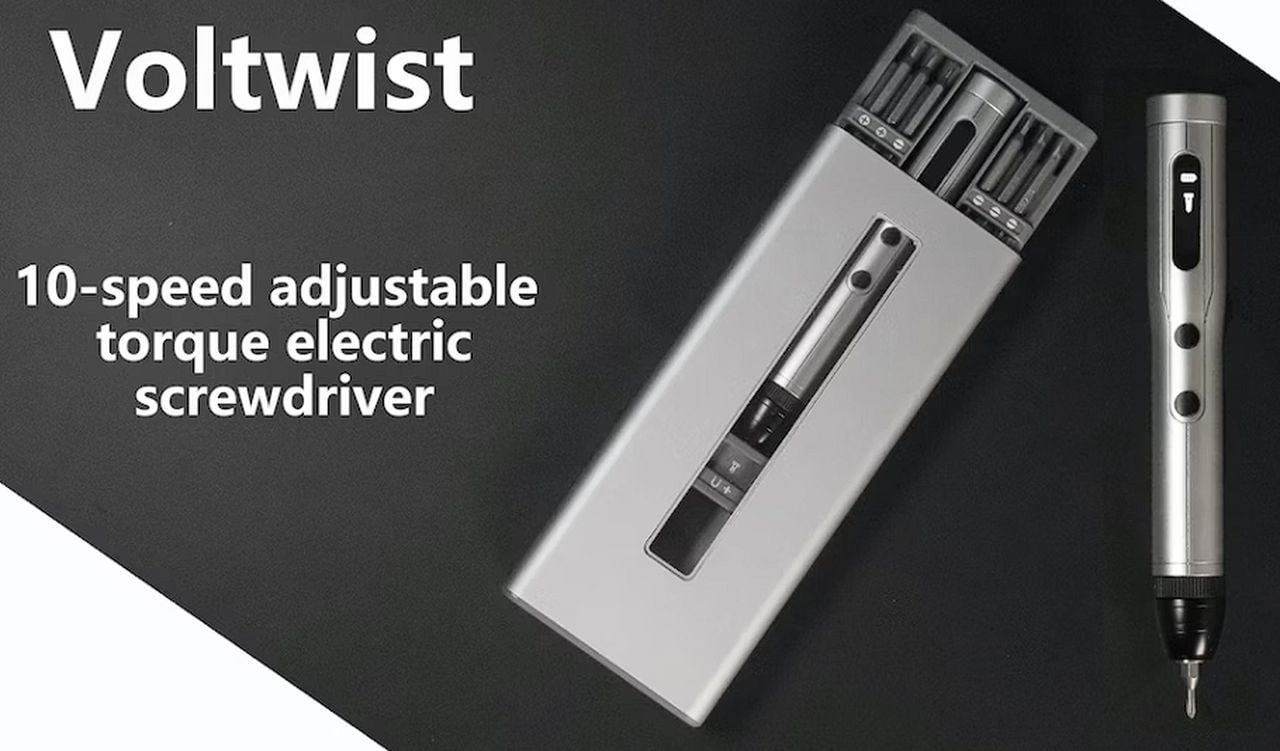


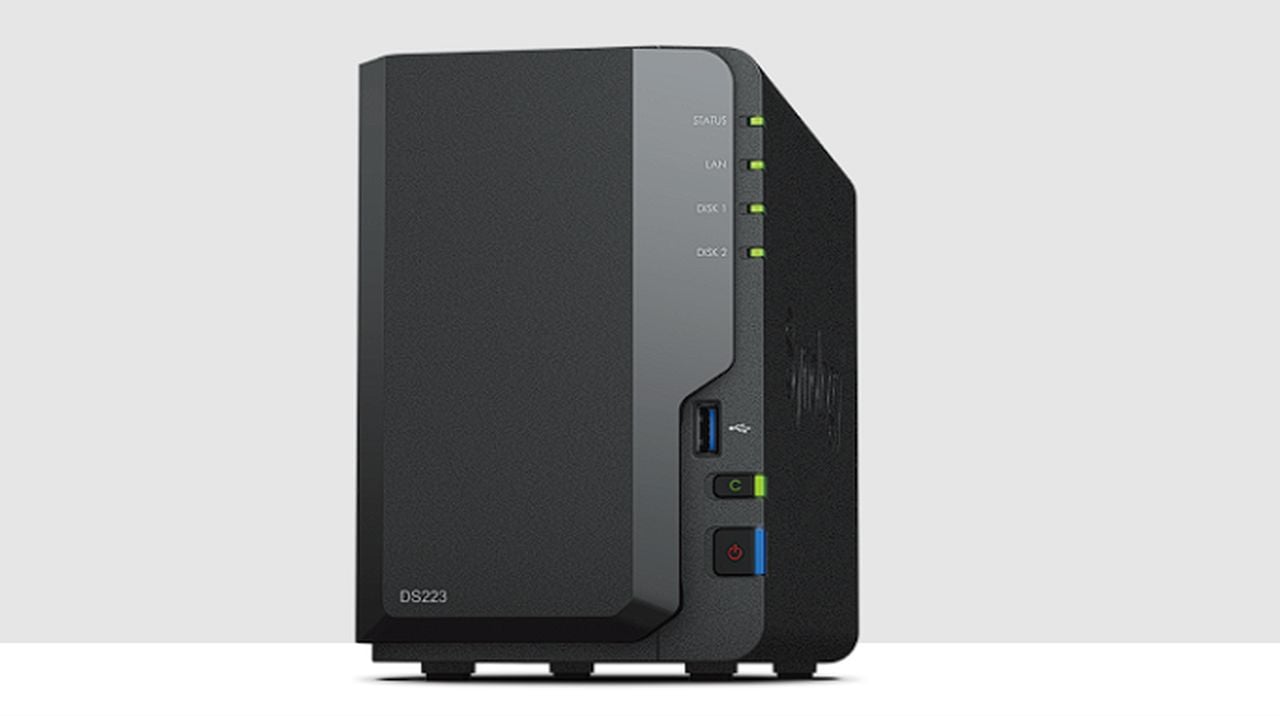
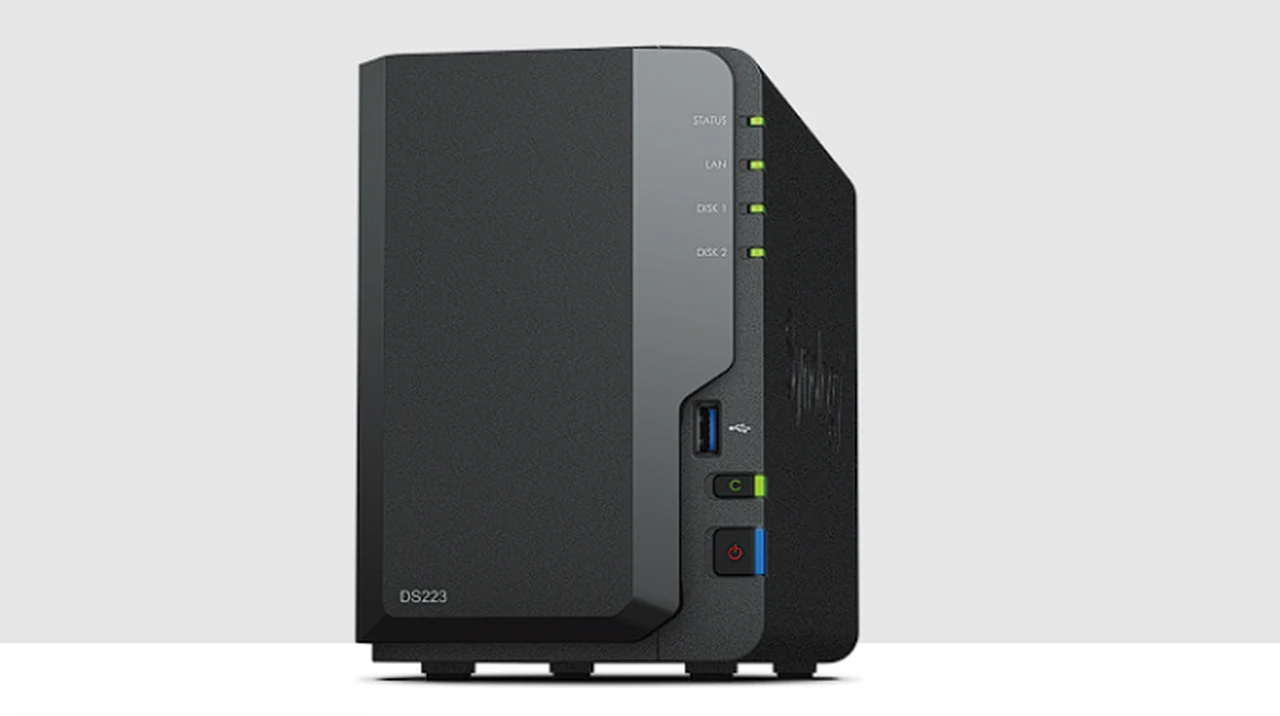 If you are already accessing your files and documents from any corner of the globe, as if you were sitting right in your office, directly from your Synology Network Attached Storage (NAS). But feel you could do with a little extra speed when transferring files, documents and photographs. you will be pleased to know that NAS expert SpaceRex has created a comprehensive tutorial on how you can speed up your remote connections to your Synology NAS.
If you are already accessing your files and documents from any corner of the globe, as if you were sitting right in your office, directly from your Synology Network Attached Storage (NAS). But feel you could do with a little extra speed when transferring files, documents and photographs. you will be pleased to know that NAS expert SpaceRex has created a comprehensive tutorial on how you can speed up your remote connections to your Synology NAS.


